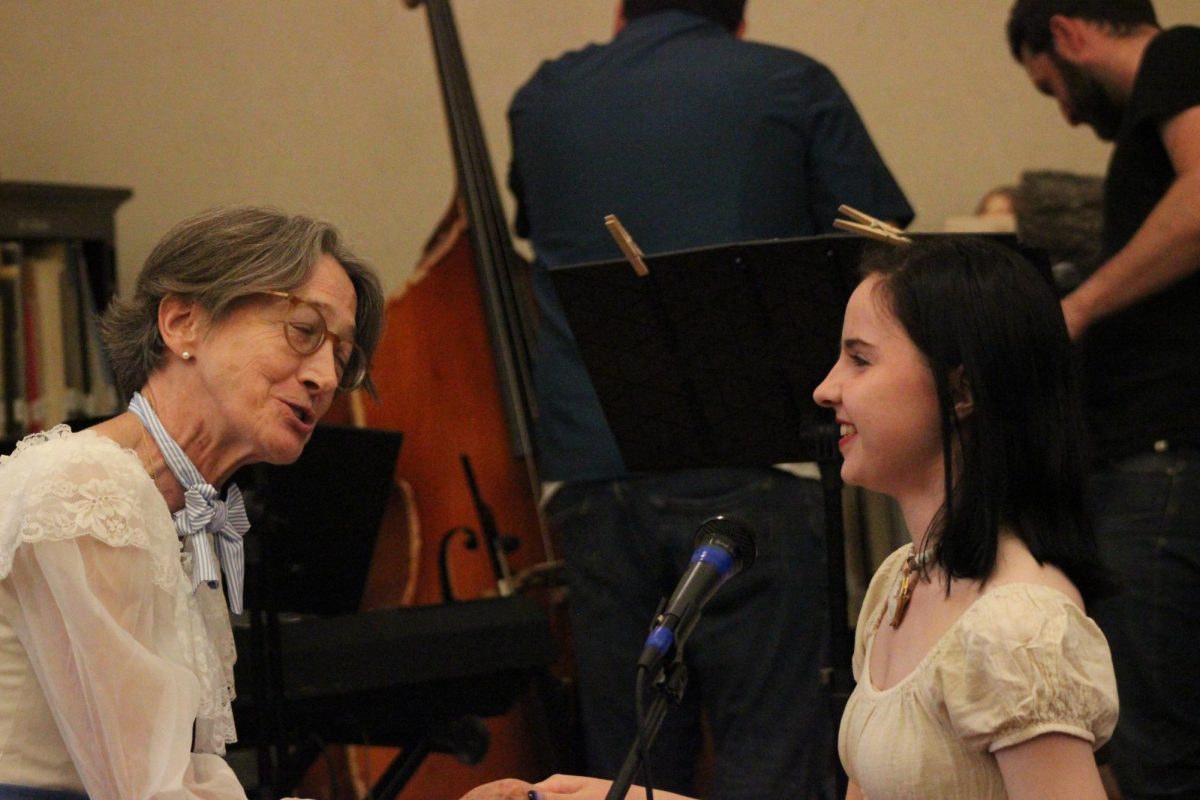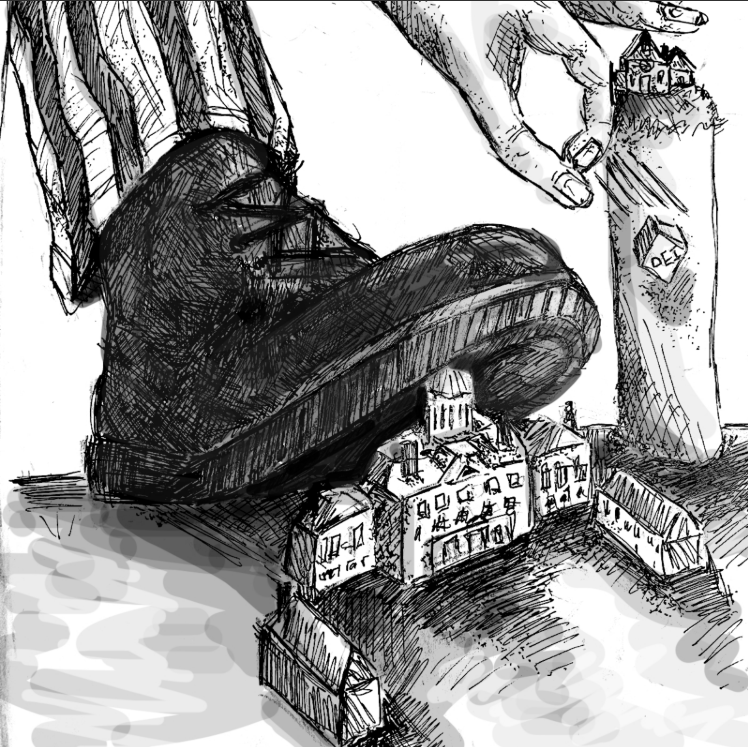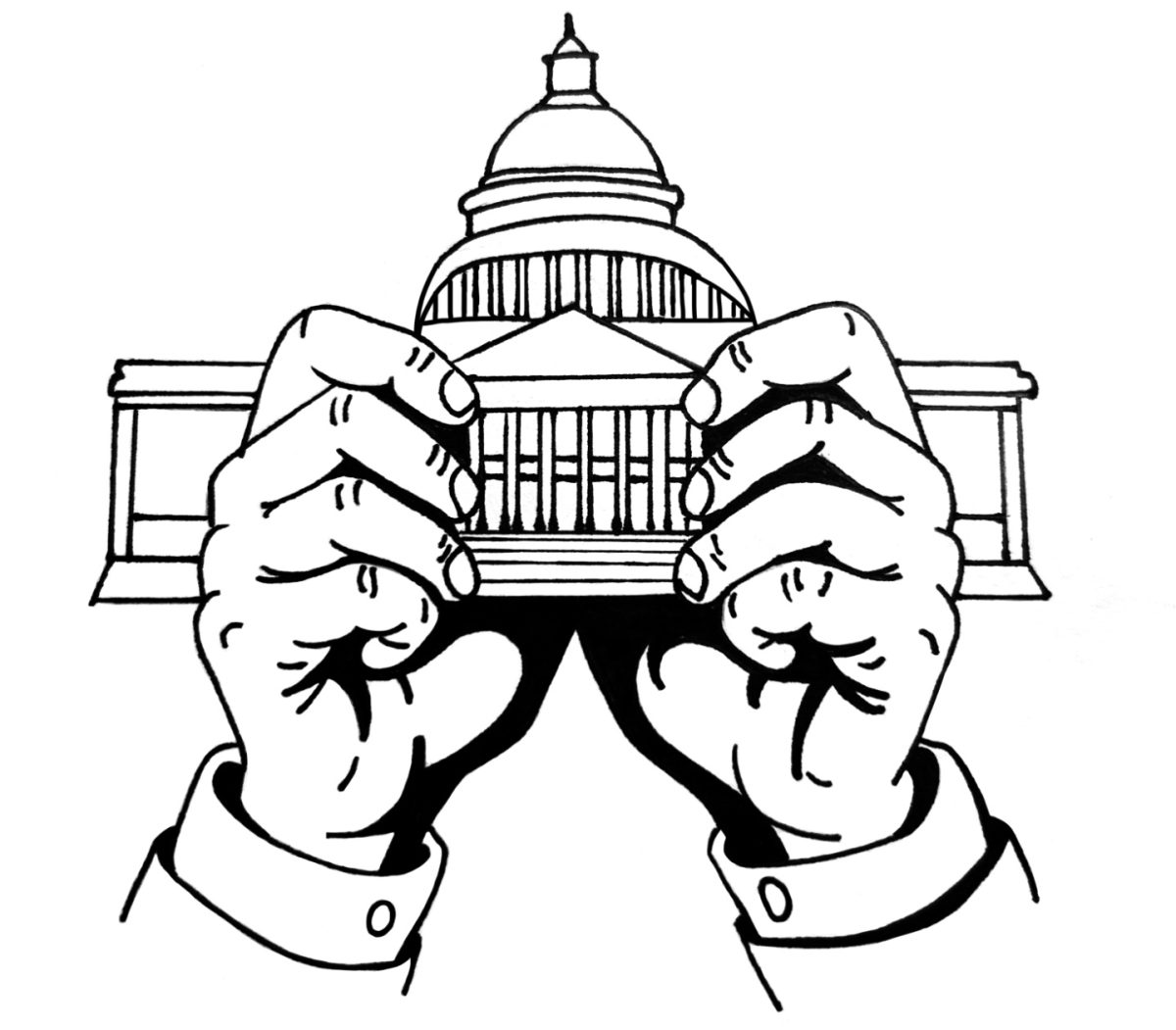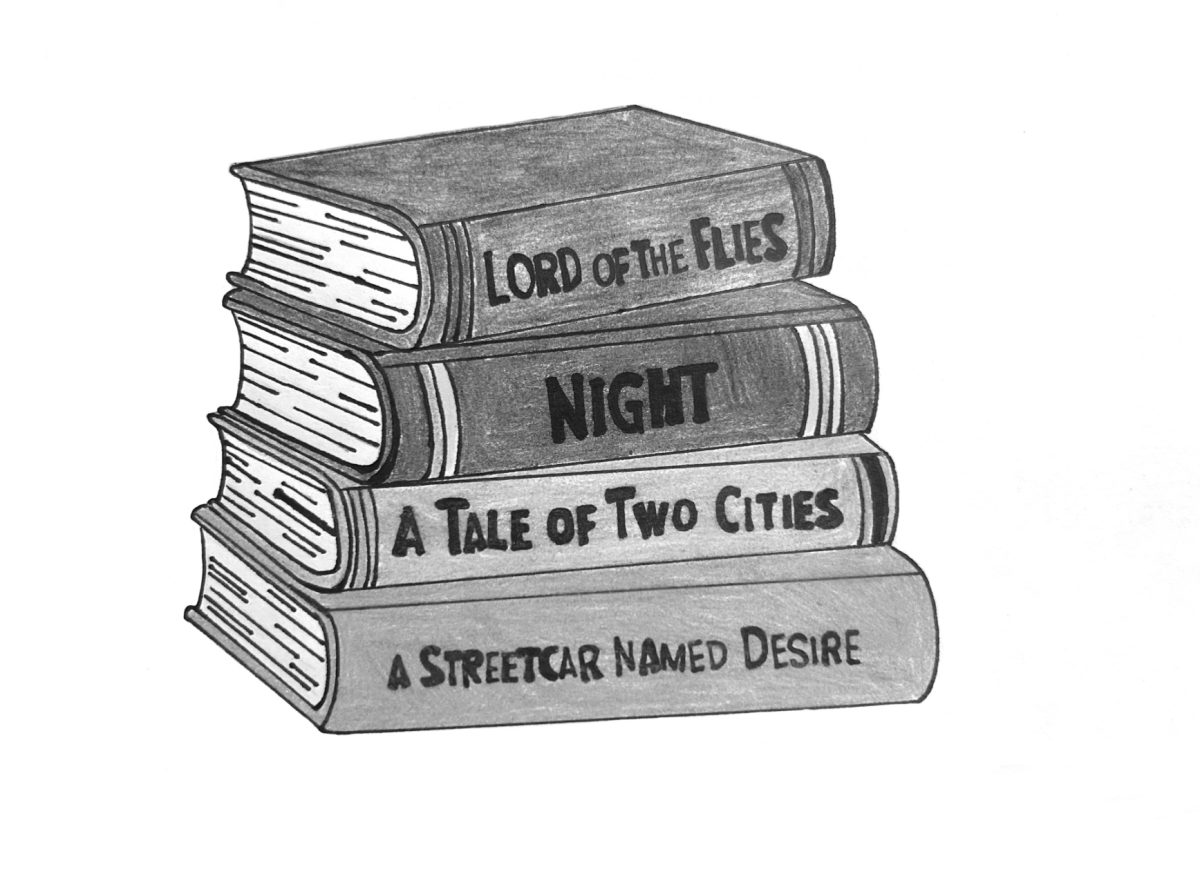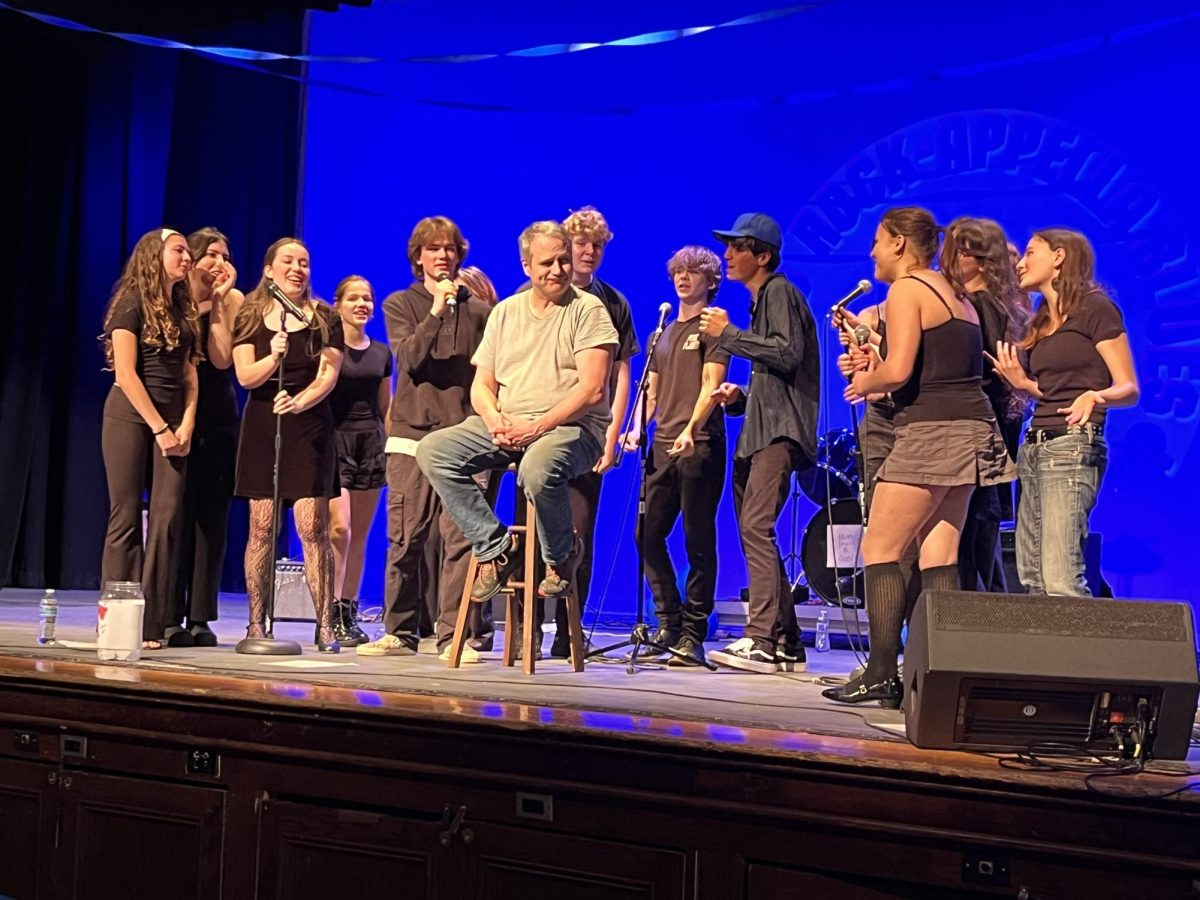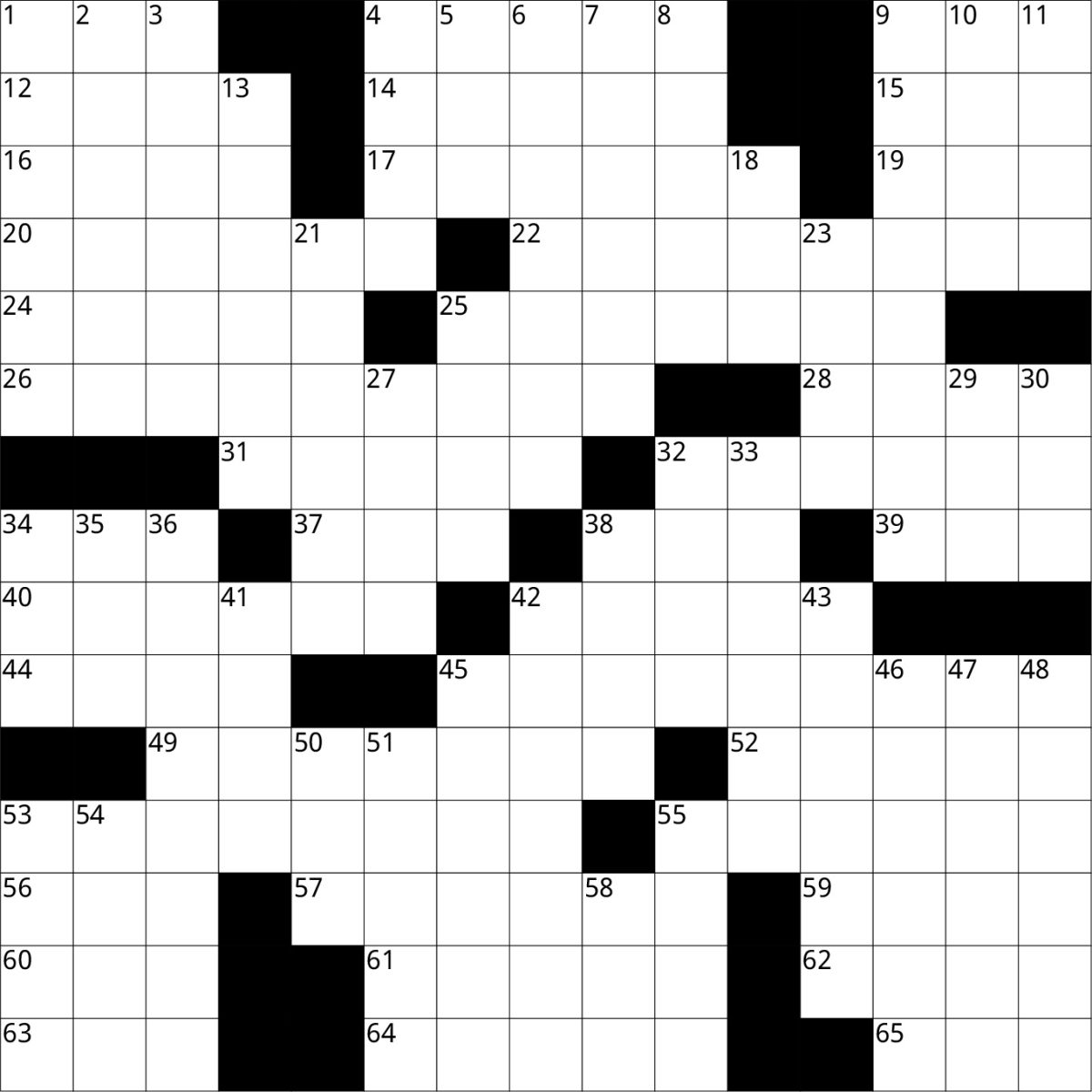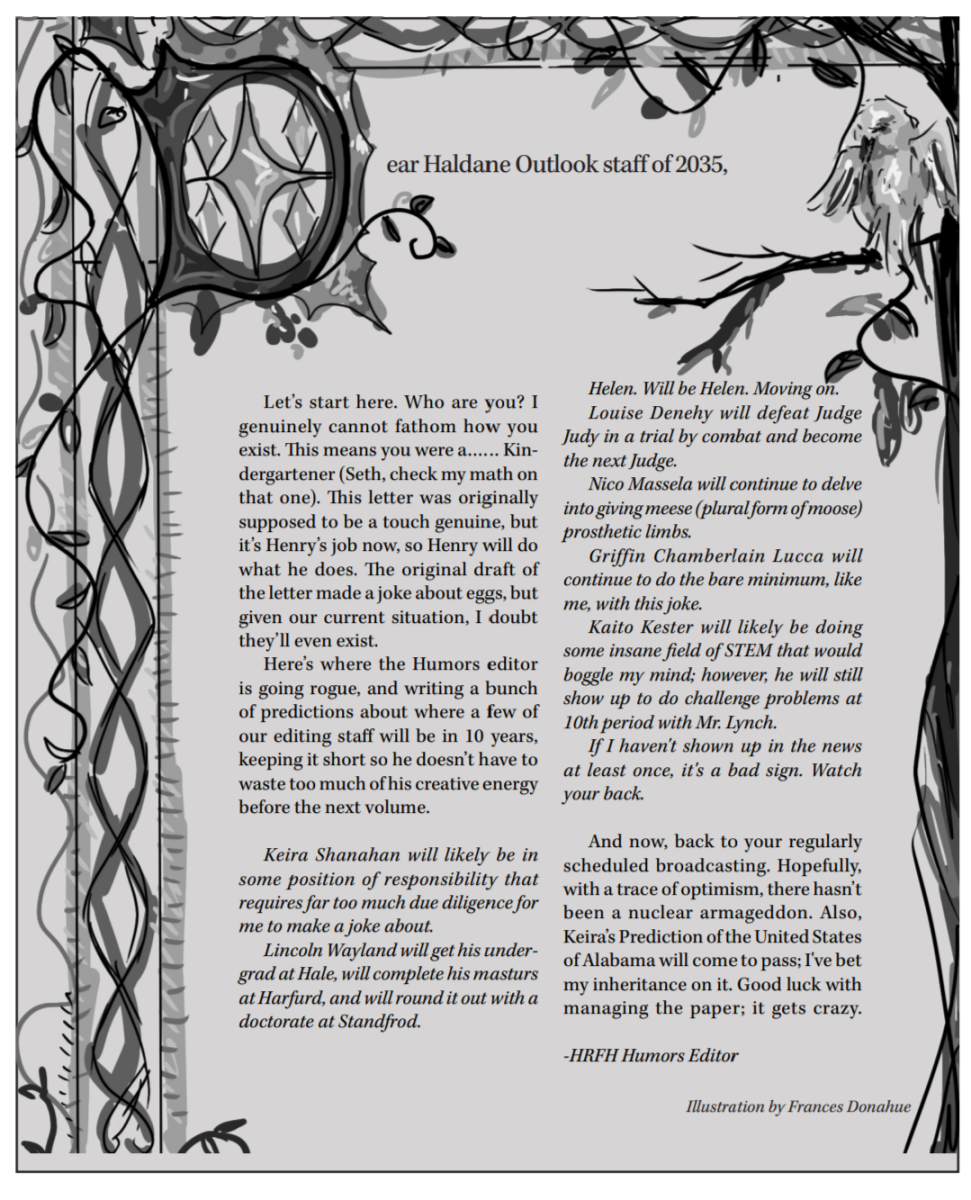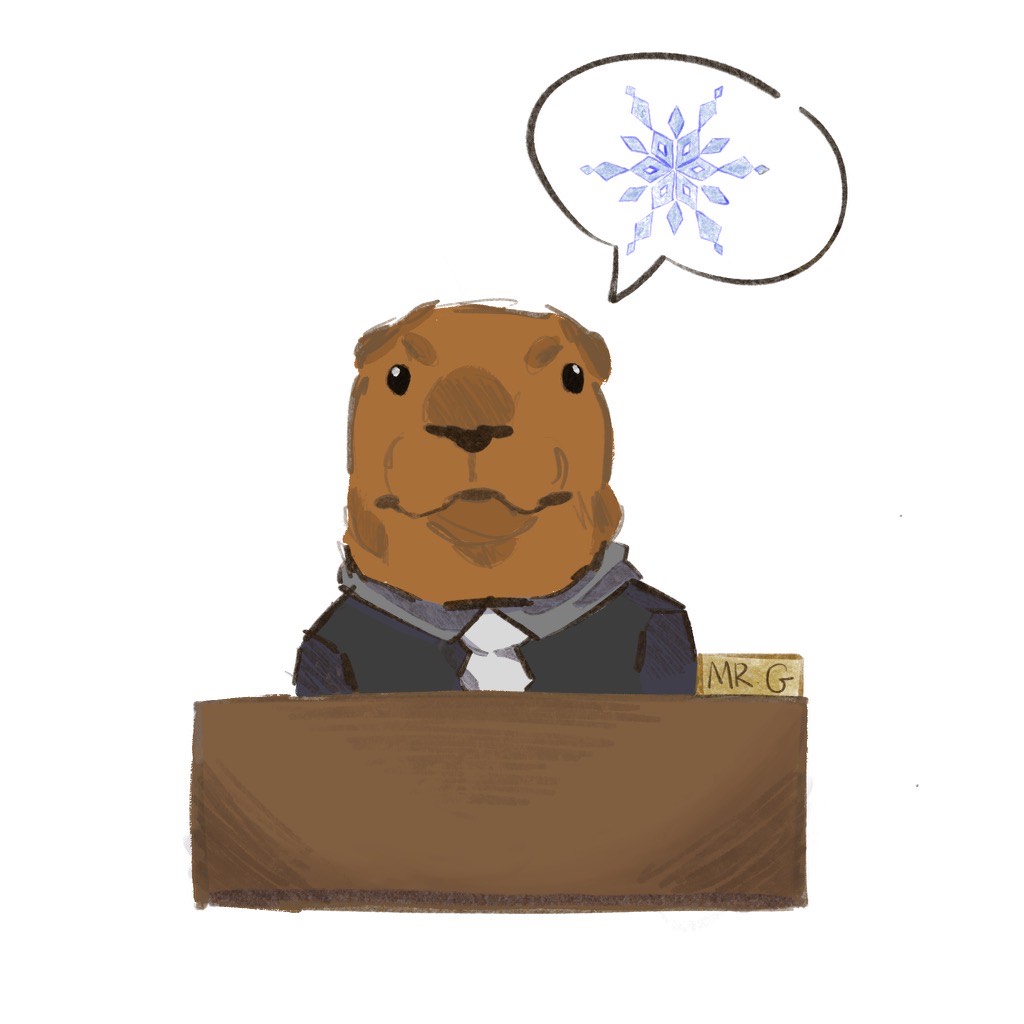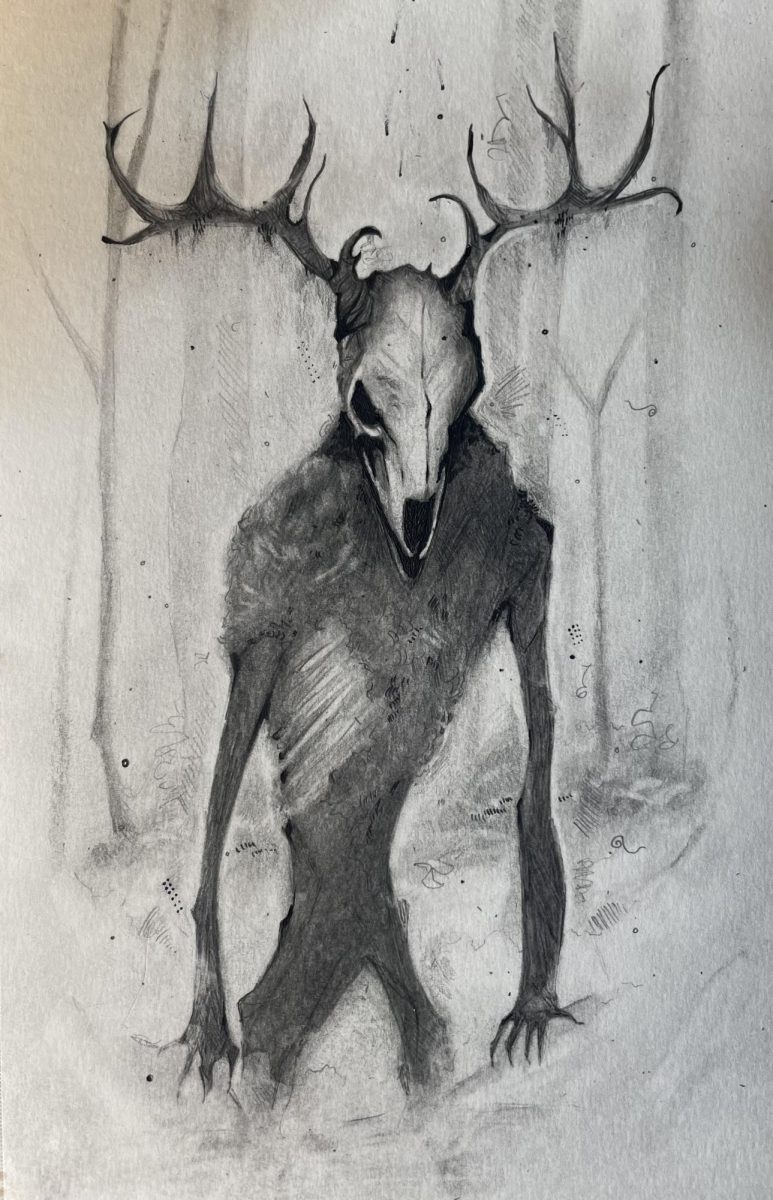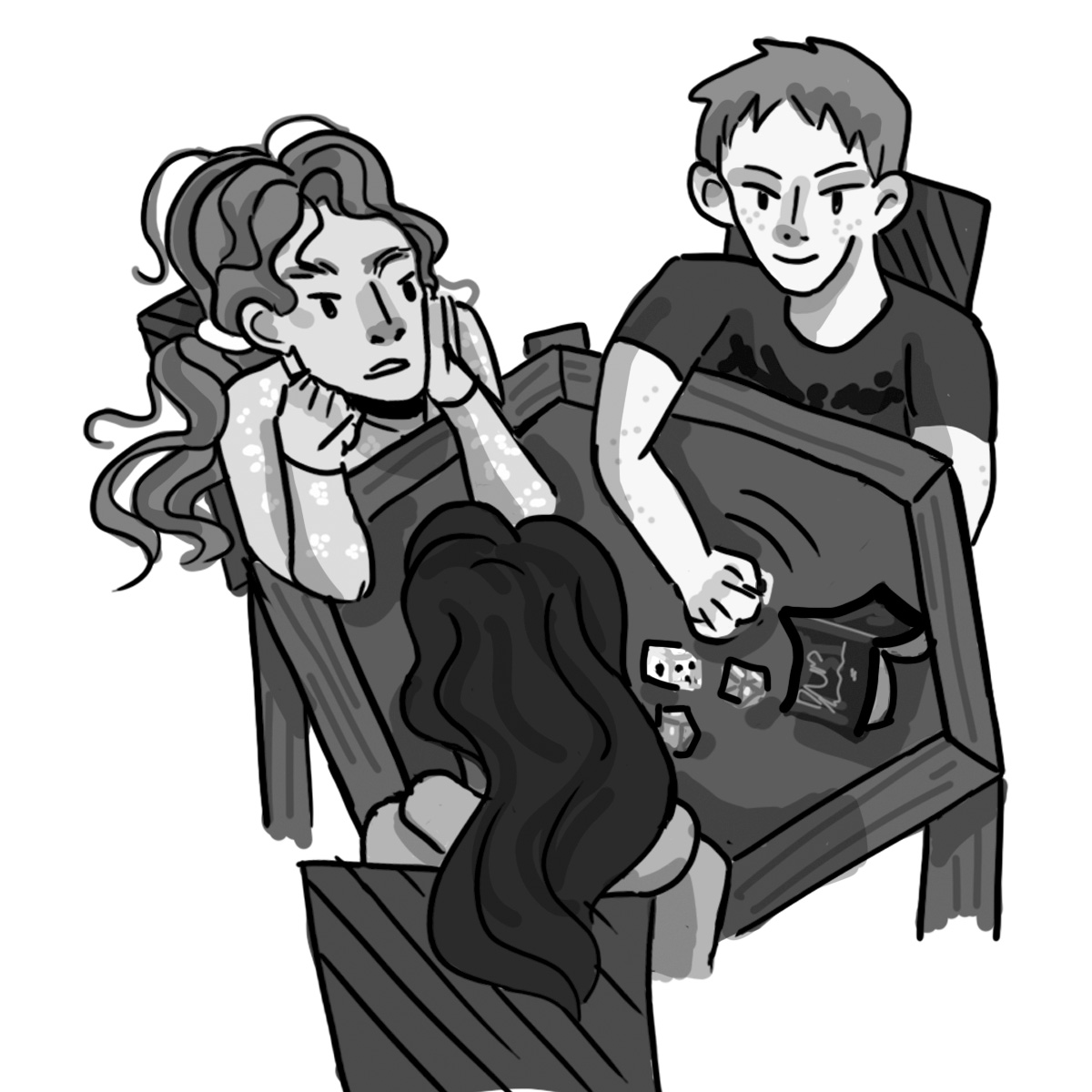Mythology has fascinated humanity for centuries with its captivating stories and bizarre creatures. But that’s not the only story mythology can tell for most cultures. The folklore and legends of a culture can also provide some important insights into what a specific civilization values, what they hold to be morally right and wrong, and how they see themselves in connection with their environment, their fellow humans, and the universe as a whole. Native American mythology certainly doesn’t deviate from this pattern
The Wendigo
The first thing that comes to my mind when the subject of Native American folklore comes up is the Wendigo. Perhaps one of the most terrifying creatures from Native American mythology to ever hit the mainstream, the mythological Wendigo actually significantly differs in appearance from its contemporary counterparts. Nowadays, it is depicted as a skull-faced deer creature, but no traditional depictions of a Wendigo fit that description. While the Wendigo and variations of the Wendigo appear in countless Native American cultures from all over the Northern United States and Canada, most Native American cultures actually describe the Wendigo as looking more like a decaying, grimfaced corpse riddled with disease and starvation. As Ojibwe scholar Basil H. Johnston quoted on ledgendsofamerica.com, “The Wendigo looked like a gaunt skeleton recently disinterred from the grave.”
The Wendigo is often used simply for its horrific visual elements, and although a decomposing skeletal monster is certainly enough to ruin any sleep schedule one might have cultivated over the break, the most terrifying part about this creature is the portrayal of human greed. The Wendigo is a cannibalistic creature strongly associated with famine, selfishness, and the lengths that humans will go to escape starvation. In many traditions from which the Wendigo originates, humans can transform into Wendigos if they become too greedy. Symbolically, using ravenous hunger and cannibalism as a metaphor for individual interests destroying the greater good of a larger group makes perfect sense when you apply it to the perspective of many of the cultures that speak of Wendigo. As mentioned previously, the Ojibwe, Cree, Naskapi, and Innu peoples all live in the Northern United States and Canada, freezing and unforgiving landscapes that require people to work together for any chance of survival. Creatures like the Wendigo serve as a way to discourage selfishness in a community where collaboration is essential. We can even apply the traditional philosophy of the Wendigo to a modern problem. Climate Change could arguably be seen as a sort of “Wendigo Effect,” with giant corporations led by a small number of individuals cannibalizing the environment for the sake of profit, destroying the chance of a future for the majority of the population.
The Little People
Moving west to the beautiful Pryor Mountains of Montana, a very different mythological creature emerges from underground: the Little People of The Pryor Mountains. According to Crow folklore, the Little People are the true proprietors of Earth. Many ancient petroglyphs, or rock carvings, found in the mountains depicted human-like figures holding bows and following strange animals created by the Little People. The Little People are said to be carnivorous beings with sharp teeth and a talent for shooting arrows from long distances, making them ferocious warriors. But violence isn’t their only talent. The Little People are also often known to impart spiritual wisdom to medicine men and even future chiefs. One of the most famous examples of a Little Person imparting knowledge to a human is the Crow Chief Plenty Coups (1848- 1932). Since he was very little, he had received spiritual visions from the Little People, notably one after his older brother died, where the chief of the Little People told him that if he continued to develop his skills and wits, someday he would become chief of the tribe. Plenty of Coups followed this advice, and by 28 years old, he became the chief and one of the most respected members of the entire tribe. The Little People are both feared and respected by the Crow tribe, a theme of balance that seems to be a common thread connecting many Native American mythological creatures.
Moshup
The importance of balance is especially obvious moving back up north to what is now Connecticut when we look at the wonderfully fantastical giant Moshup and his companions. According to the official website of the Mohegan Tribe, Moshup was a giant who roamed the lands and controlled many aspects of nature. In order to maintain the balance of big and small, Moshup married Granny Squannit, a healer and the leader of a group of tiny and magical woodland healers called the Makiawisug. Many geographical areas in the Northern United States owe their name to Moshup, like Moshup’s Rock (incorrectly called “The Devil’s footprint” by English settlers), where it is said that one day Moshup was bitten on his toe by a crab, causing him to leave his frantic footprints all over the area. According to the Mohegan myth, the stormy coastal New England weather is a result of Moshup and Granny Squannit’s constant arguments, and some tribes even associate Mosh-up with rough seas and maritime troubles. When most Haldane students think of mythology, they may think of Loki, Zeus, and Thor, but mythology was hardly confined to European traditions. The legends of the Moshup, the Little People, and the Wendigo enjoy a rich life in Native American folklore that can equally capture our interest and fuel our imaginative journeys.



